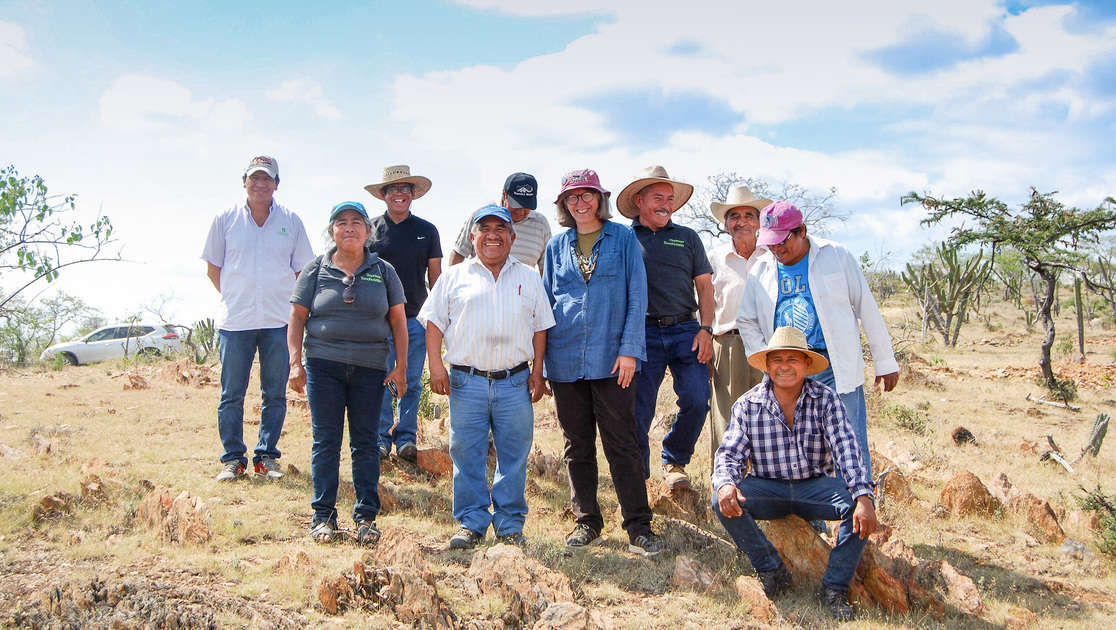The many colors of maize, the material of life
- From
-
Published on
04.06.20
- Impact Area
-
Funders
Global Crop Diversity Trust

Tonahuixtla, a small town located in Mexico’s state of Puebla, had suffered extreme environmental degradation due to deforestation and erosion. Agricultural land was in poor condition and the town had stopped producing many of their heirloom maize varieties, a loss to both biodiversity in the region and local culture. Poverty had increased, forcing many to migrate to bigger cities or to the United States for work. Those who were left behind, most of them women, had few ways to generate income to support their families.
Today, the story of Tonahuixtla is different. The town actively participates in reforestation and erosion-prevention activities. Landrace maize production is increasing, preserving the town and region’s biodiversity and customs. The residents have job opportunities that allow them to stay in their town and not migrate, all while preserving local biodiversity and protecting the environment.
What caused this change?
Corn husks.
Related news
-

From Dirt to Decision-Making: Governance and Soil Health Must Go Hand in Hand
Multifunctional Landscapes Science Program26.11.25-
Biodiversity
-
Environmental health
-
Environmental health & biodiversity
In October, the world convened in Des Moines for the 2025 Borlaug Dialogue under the…
Read more -
-

CGIAR Multifunctional Landscapes at COP30: Advancing Adaptation and Nature-Based Solutions
Multifunctional Landscapes Science Program10.11.25-
Adaptation
-
Biodiversity
-
Environmental health
-
Environmental health & biodiversity
-
Mitigation
COP30 in Belém, Brazil is being heralded as a pivotal “COP of adaptation” and a…
Read more -
-

SOILutions for Security: CGIAR at the 2025 Borlaug Dialogue
Multifunctional Landscapes Science Program22.10.25-
Biodiversity
-
Environmental health
-
Environmental health & biodiversity
-
Food security
-
Nutrition
From October 21–23, CGIAR will join global partners in Des Moines, Iowa for the 2025…
Read more -
